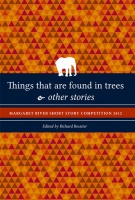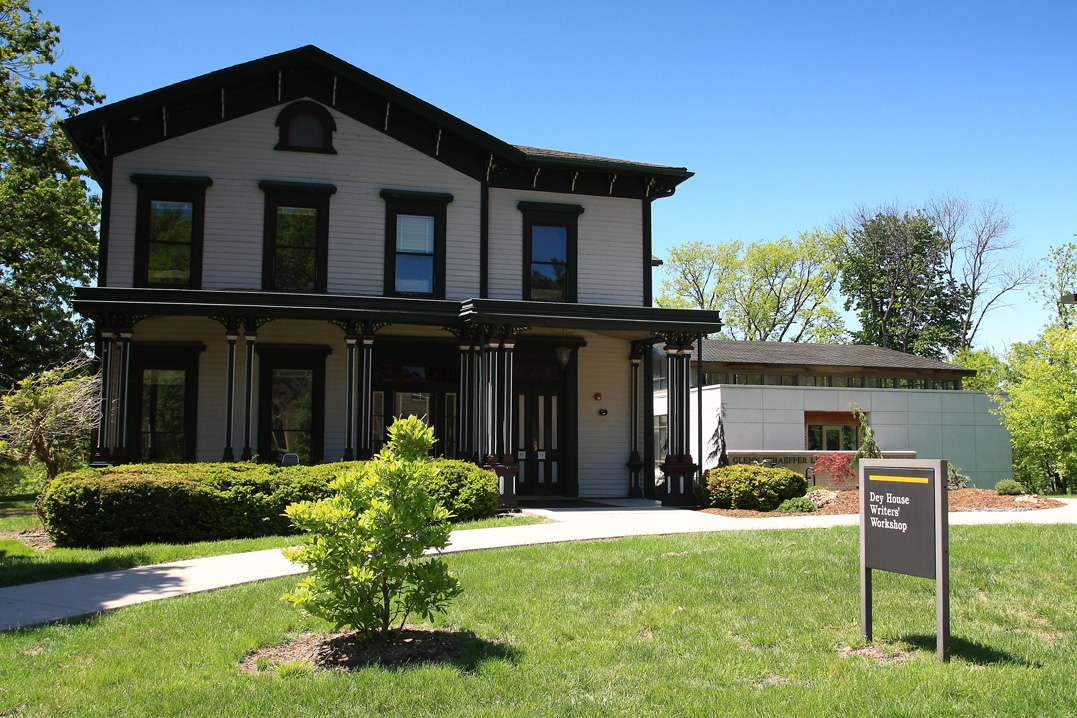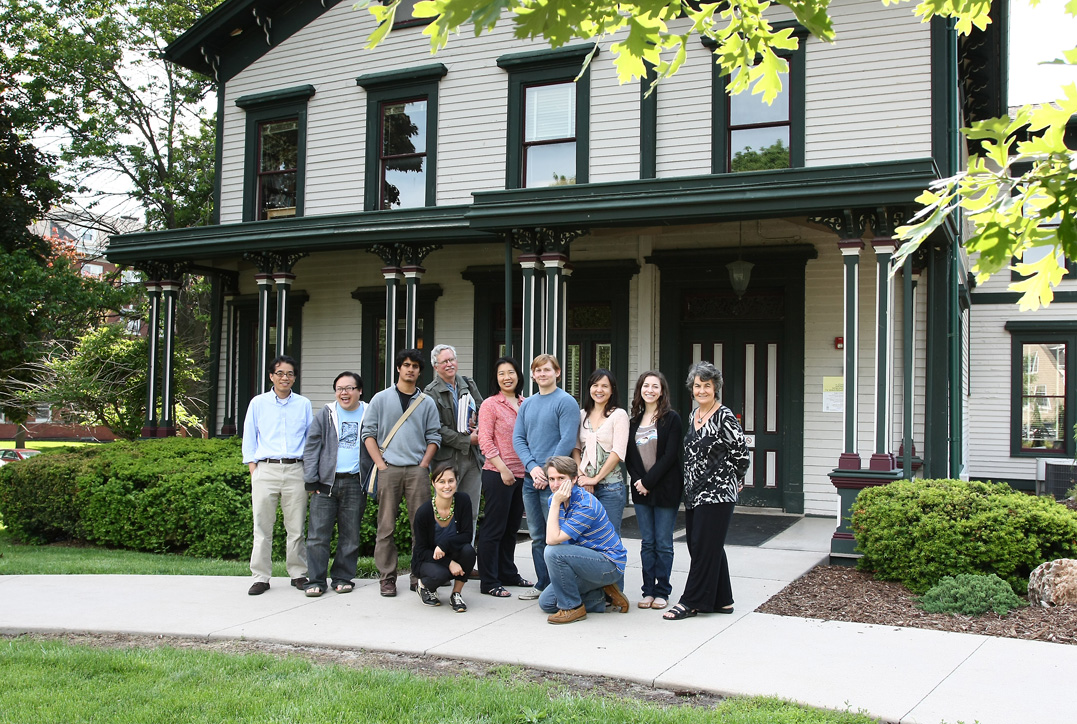In her 2008 lecture to creative writing students at Columbia University in New York, author Zadie Smith divided novelists into two camps: Macro Planners and Micro Managers. According to her logic, a Macro Planner “makes notes, organizes material, configures a plot and creates a structure — all before he writes the title page.” While a Micro Manager “start[s] at the first sentence of a novel and… finish[es] at the last.” Smith is firmly the latter. “When I begin a novel there is nothing of that novel outside of the sentences I am setting down… In one day the first twenty pages can go from first-person present tense, to third-person past tense, to third-person present tense, to first-person past tense… and so on… Yet, while all that is happening, somehow the work of the rest of the novel gets done.” When writing On Beauty she spent almost two years reworking the first twenty pages, but when she finally settled on a tone, the rest of the book was finished in five months. And because she edits as she writes, she only needs to do one draft.
It’s the old Plotters v Pantsers divide: those who write from meticulously detailed plans, as opposed to those who wing it as they go. So the question the novice scribe must grapple with is: Which kind of novelist am I?
The truth is, the vast majority of novelists fall somewhere in the middle. When it came to writing my first novel 12 years ago, I had no idea where to start. After all, I’d never written a novel before. I asked my mentors at the University of Technology, Sydney (where I was doing a Doctor of Creative Arts degree) how to write a novel, but I mostly got vague answers and the repeated refrain: “There’s no formula.” Liars, I thought. They just don’t want to tell me.
But now, having published one novel and finished the first draft of another, I know they were right. There really isn’t a secret formula (except, perhaps, persistence).
One of my doctoral supervisors, Debra Adelaide, told me to throw away a book about novel structure, and any other book that tried to impose a blanket rule on novel-building. She explained:
“When you finish writing your first novel, you think you’ve figured out how to write novels. But when it comes to your second, you find that none of the same rules apply. Each novel is different, just like each child is different — you can’t approach them the same way.”
novel #1 — no plan, no outline… no idea
I started with a topic (I wouldn’t recommend starting with a topic unless it’s something you’re really passionate about, as the story could end up feeling hollow): Japanese immigrants in Australia. My mother is Japanese and immigration/identity is a common theme in my work. I was initially interested in the Japanese pearl divers in Broome (some of whom were interned during the war), but my supervisor at the time, Delia Falconer, suggested I focus on the internment of Japanese civilians in Australia during WW2, because no one had ever covered it in fiction before (coincidentally, a year before my novel was published, Cory Taylor released My Beautiful Enemy, about a young Japanese internee’s relationship with an older Australian guard). I did a few early chapters, which Delia wisely said I should put aside (i.e. Your writing sucks – which, at the time, was true) to instead concentrate on research.
I stared at a blank page for weeks, writing and rewriting the first few paragraphs, then one day a voice popped into my head. It was the voice of an old Japanese man looking back on his life, and it was a voice full of regret. I wrote a chapter and Delia said, yes, that’s good. From that point, the creative process involved working out why that Japanese man came to be so full of regret. I quickly worked out that he was a Japanese doctor who’d been working in Broome and then interned during the war in South Australia, but I felt there was a much deeper source of regret in his past that I hadn’t discovered yet. For most of the first draft (which took me 3 years to write), I didn’t know what it was. I just wrote with this ghostly trauma, this hole, on the periphery. While on a writing retreat at Varuna in the Blue Mountains, I suddenly remembered reading about some bones being unearthed in Japan that were linked to Japan’s wartime atrocities. I jumped online and searched for it and started reading about Unit 731 – a secret unit of the Japanese army that developed and implemented biological weapons and which were used in northern China in the 1930s. It fit with the timeline of the doctor, and everything just seemed to fall into place.
When I was two-thirds of my way through the first draft, I got stuck: I knew how the novel would end, but I didn’t know how to connect the middle scenes to the end. I assumed you had to write scene by scene in the order they’d appear in the novel (Ann Patchett recommends this approach in The Getaway Car). But Debra said, “If you know what the end’s going to be, just write it!” So I did. And once I’d written the end, I could clearly see what was needed to get me from B to C. I sat down and wrote a list of scenes left to write – and from that point I started working from an outline.
ON SECOND THOUGHTS…
For my second novel, I struck upon a story that really grabbed me: two Australians travelling by cruise ship to the 1933 Chicago World’s Fair, who try to steal a pair of Queensland lungfish on board. Wanting to avoid the pain of the three years I spent writing the first draft of After Darkness without a plan, on the advice of fellow Aussie author in NYC and lady of many talents, Georgia Clark, I decided to write a detailed outline first. I wrote a 20-page outline, breaking down my novel scene-by-scene, which I then sent it to freelance editor Sarah Cypher for finetuning.
With the editor’s feedback, I reshaped the outline, concentrating on character motivation, backstory, agency and conflict. Then I launched into the writing, aiming to finish the first draft in a year. For this I engaged the help of another freelance editor, Lisa Poisso, who became my “writing coach”, offering feedback on fortnightly instalments. My aim was to power through the first draft, making adjustments as I progressed but not spending much time revising, or else risk losing momentum. In this way, I wrote 140,000 words over 18 months and got 95% of the way through my first draft. I had to stop as I was about to have another baby, but I was happy to have a hiatus at that point: the style of my novel had changed over the course of the draft so I knew I’d have to do a big rewrite in the future, and I wanted to keep the ending unwritten in order to have something fresh to explore in the second draft.
the verdict
Plotting vs Pantsing. Macro vs Micro. Writing from an outline vs winging it. Which approach worked better? Neither. There were pros and cons to each.
The first draft of After Darkness was written over more than three years. It was soul destroying to be working on something for so long, not knowing where it was going, constantly wondering whether I’d have to abandon it in the end (I did throw away tens of thousands of words). But once I had that first draft down, the next only took me six months, and the third draft two months. Not long after that, my novel was published.
With Lena & Esmond (the working title of my second novel), the process of writing the first draft was much more enjoyable as I knew where it was heading. But my initial vision didn’t completely translate to the page – the pompous omniscient narrator I’d wanted ended up feeling forced and anachronistic, and the characters seemed wooden in the first half of my novel; there’s not much magic there. I now face a big rewrite, which will take another year.
For my next novel, I hope to do something in between. Instead of a detailed outline, I’ll follow the rough arc of the story and major plot points, and I’ll spend more time brainstorming character motivations and backstory early on.
But I suspect writing novels never gets easier. There’s no golden formula, after all. Those years of pain writing thousands of words you’ll inevitably throw away are essential to unearth the gold. I’m reminded of a Haruki Murakami quote: “Pain is inevitable. Suffering is optional” (What I Talk About When I Talk About Running, 2007) – such a quintessentially Japanese ethos if there ever was one! But they’re wise words to the fledgling novelist: embrace the pain and don’t let it get you down.




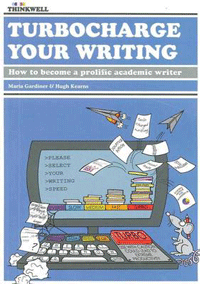 Write every day, first thing in the morning
Write every day, first thing in the morning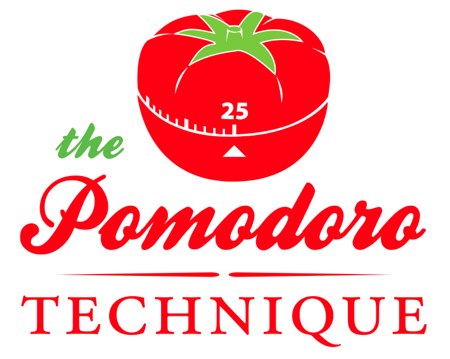 Pomodoro Technique
Pomodoro Technique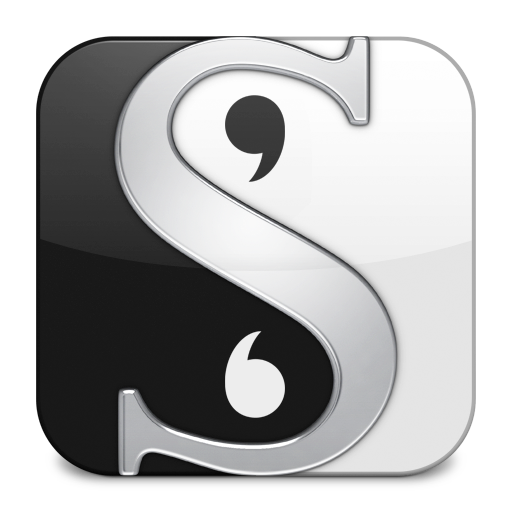 Scrivener
Scrivener

